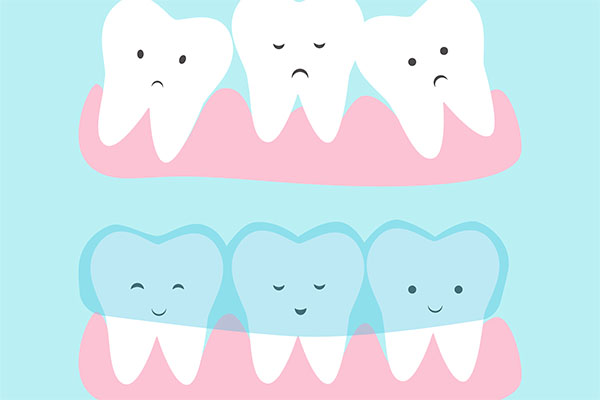Stages of Tooth Decay

Tooth decay causes gradual damage to your dentition. This can result in cavity formation, abscessed tooth, or tooth loss. The degree of damage depends on the species of bacteria in the dental plaque. The degradation of your teeth happens in stages. If you want to find out the different stages of tooth decay, here are the facts.
Stage 1: demineralization
The enamel is the outer layer of teeth. It is the hardest tissue in the body because it protects the biting and chewing components of the mouth. The enamel consists of tough minerals. Even so, these minerals are not acid-proof.
Bacteria excrete acids when they eat the leftover food on and around teeth. The acids cling to and destroy the minerals in the enamel. The evidence of this demineralization is the white spots on teeth. This area of mineral degradation is the first stage of tooth decay.
Stage 2: enamel breakdown
Routine dental checks can spot stage one of dental breakdown. Tooth decay will develop further if there are no routine dental checks. The white spot starts to darken to a light brown spot. This shows weakened enamel. The brownish spots become small holes or cavities. The dentist will then fill these cavities.
Stage 3: decay of dentin
Dentin is the sensitive layer under the enamel. This is softer than the enamel. It contains the dentin-pulp complex and the extension of the odontoblastic process. Tooth decay worsens faster the moment it penetrates the dentin. Sensitivity starts when the decay starts in the dentin. The pain often happens when the patient consumes hot or cold beverages and drinks.
Stage 4: damage to the pulp
The tooth’s pulp is the innermost layer of the tooth. It contains nerves and blood vessels. The nerves provide the tooth with sensation. Blood vessels supply the tooth with all the nutrients it needs. The pulp keeps the tooth healthy and alive.
Severe tooth decay tends to reach the pulp. This damaged part of the tooth may experience swelling and irritation. The surrounding dental tissues cannot expand to give way to the swelling. This results in pressure against the nerves. That is why a damaged pulp often leads to pain and discomfort.
Stage 5: dental abscess
Untreated tooth decay will push further into the dental pulp. Bacteria will invade this delicate tissue and start an infection. This will increase the inflammation in the affected tooth. The continuous infection can lead to a pus pocket or an abscess at the bottom of the tooth.
A tooth abscess can cause a high level of pain. It could spread to the jaw. The abscess could even cause swelling of the neck lymph nodes, face, and gums. This could also lead to fever. This stage of tooth decay needs immediate treatment. The abscess treatment could involve tooth extraction and tooth replacement.
Routine dental checks can help determine your stage of tooth decay
The dentist can tell you the level of decay your teeth have at the moment. This needs routine dental visits. The earlier the stage of tooth decay is, the earlier the treatment will be. Waiting for stage five will not be healthy for you at all.
Are you considering treating tooth decay in the Cumming area? Get more information at https://testcummingsfamilydentist.dgdevnext.com.
Recent Posts
Using dental fillings to treat cavities is one of the most common types of routine dental care. The American Dental Association reports that approximately 91% of adults will experience at least one cavity in their permanent teeth at some point in time. Fortunately, the high demand for this type of dental work has led to…
The main focus of a general dentist in Cumming is to help their patients keep their teeth, gums and mouth in the best and healthiest condition possible. Having the focus of helping their patients keep their natural teeth and have an excellent at-home dental hygiene routine is always the top focus of the dentist.Of course,…
Routine dental care is important for a healthy set of teeth. While we can provide routine dental care during appointments, you need to keep it up at home through brushing twice a day and flossing once a day. Routine Dental CareAt Cumming's Family Dentist in Cumming, we work to customize your treatment to match your needs…
Brushing and flossing on a regular basis are great for one’s oral health, but there are still ways in which people can unintentionally harm the health of their teeth. Many people know that sugar is bad for the enamel of one’s teeth but may not realize there are other foods that can cause as much…


